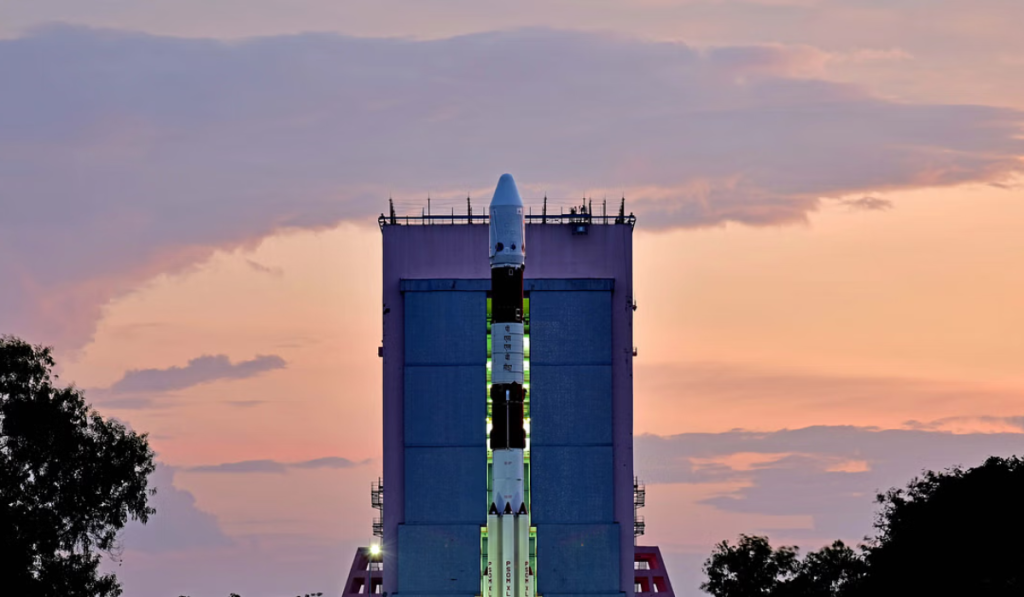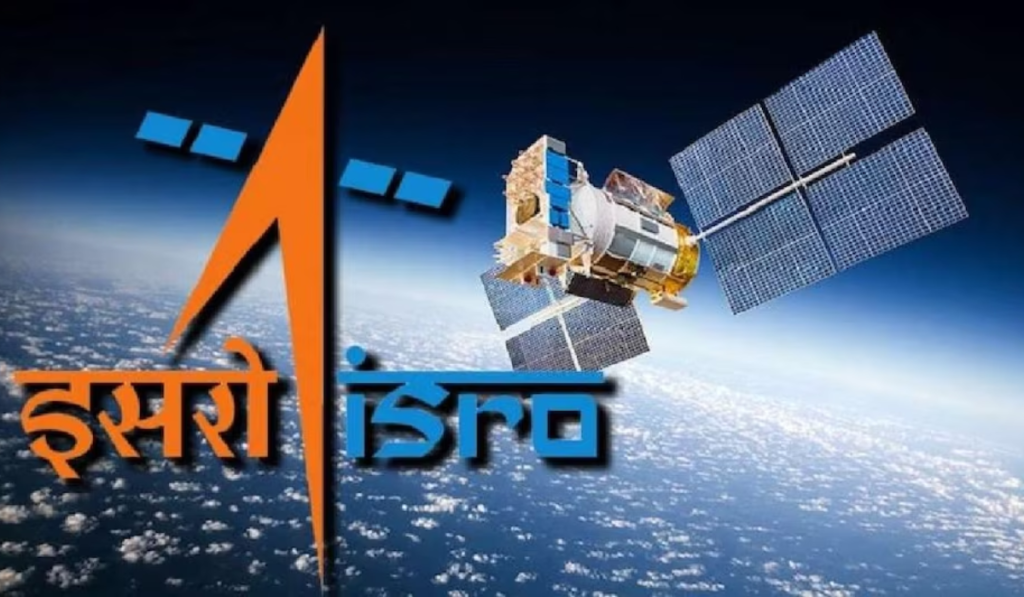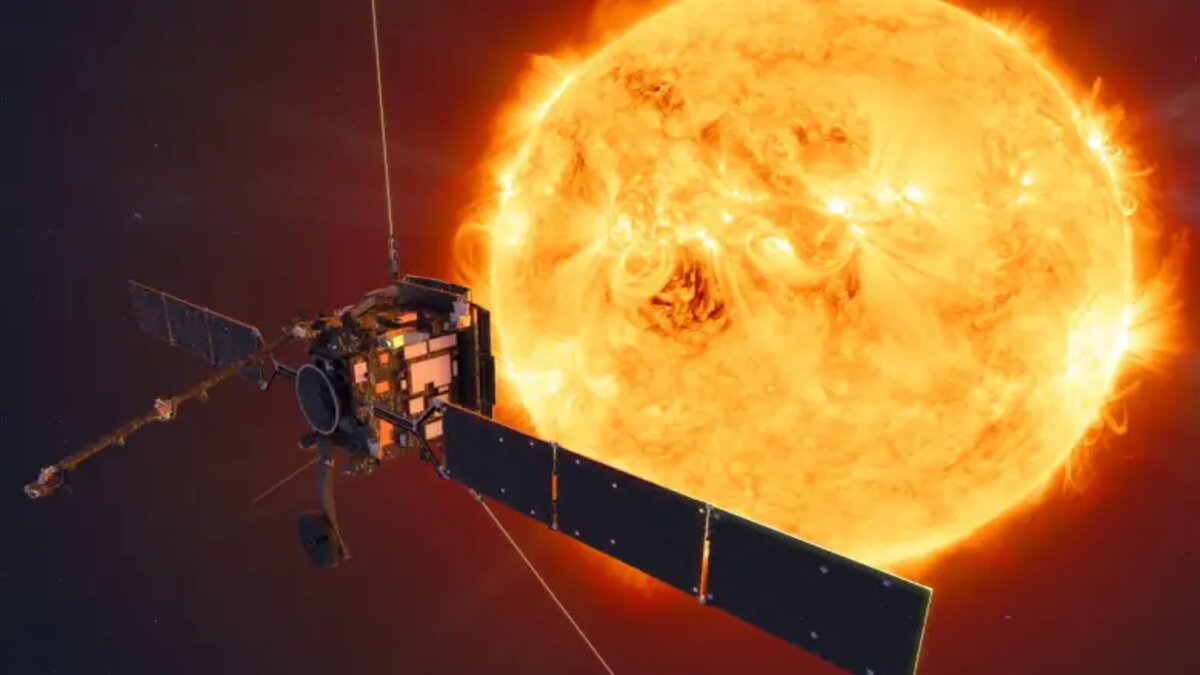The Indian Space Research Organisation (ISRO) initiated the launch of the PSLV-C57.1 rocket, carrying India’s first solar mission, the Aditya-L1 orbiter. This significant event took place at 11:50 am on Saturday, at the Satish Dhawan Space Centre in Sriharikota, Andhra Pradesh. The primary objective of this space-based solar probe is to investigate solar winds. It is a phenomenon that can lead to disturbances on Earth, often observed as auroras.
Named after the Hindi word for the Sun, the Aditya-L1 spacecraft is designed to travel about 1.5 million km over four months to a kind of parking lot in space where objects tend to stay put because of balancing gravitational forces, reducing fuel consumption for the spacecraft. Those positions are called Lagrange Points, named after Italian-French mathematician Joseph-Louis Lagrange.
As the 23.40-hour countdown concluded, the 44.4 metre-tall Polar Satellite Launch Vehicle (PSLV) soared majestically at the prefixed time from the spaceport, located on the Eastern coast about 135 km from Chennai.
It will be PSLV’s “longest flight” for about 63 minutes.

Aditya-L1 Mission’s Sun Imaging and Lagrangian Points Exploration
In addition to its other objectives, the Aditya-L1 mission will capture images of the sun for scientific experiments. Scientists have identified five Lagrangian points, also referred to as “parking areas”. It is located between the Earth and the Sun, where a small object naturally remains if positioned there. These points are named after the Italian-French mathematician Joseph-Louis Lagrange. It is recognized for his award-winning paper titled “Essai sur le Problème des Trois Corps, 1772.”
These points in space can be used by spacecraft to remain there with reduced fuel consumption.
At a Lagrange point, the gravitational pull of the two large bodies (the Sun and the Earth) equals the necessary centripetal force. It is required for a small object to move with them.
After the lift-off at the Satish Dhawan Space Centre here, the scientists would be involved in placing the spacecraft at Low Earth Orbit initially, and later it will be more elliptical.
Also Read: कवि-राजनयिक अभय के आदित्य-एल1 के लॉन्च से पहले लिखा सन एंथम

Journey to Lagrange L1 and Halo Orbit
The spacecraft will be propelled towards the Lagrange L1 point using its onboard propulsion system. It will be allowing it to move beyond the gravitational Sphere of Influence of Earth and proceed towards L1. Subsequently, it will be placed into a spacious Halo Orbit positioned in proximity to the Sun around the L1 point.
The total time from launch to reaching the L1 point would be about four months for the Aditya-L1 Mission, ISRO said.
Explaining the reasons to study the Sun, ISRO said it emits radiation in nearly all wavelengths. It is along with various energetic particles and magnetic fields.
The atmosphere of the Earth as well as its magnetic field acts as a protective shield. It blocks harmful wavelength radiations. In order to detect such radiation, solar studies are carried out from space.
The primary goals of this mission encompass gaining insights into phenomena such as Coronal Heating and Solar Wind Acceleration, the triggering of Coronal Mass Ejection (CME), the assessment of near-Earth space weather, and the distribution of solar wind.
The Aditya-L1 mission carries seven scientific payloads to carry out the study.
Also Read: एअर इंडिया के साथ विस्तारा मर्जर को CCI की मिली मंजूरी

